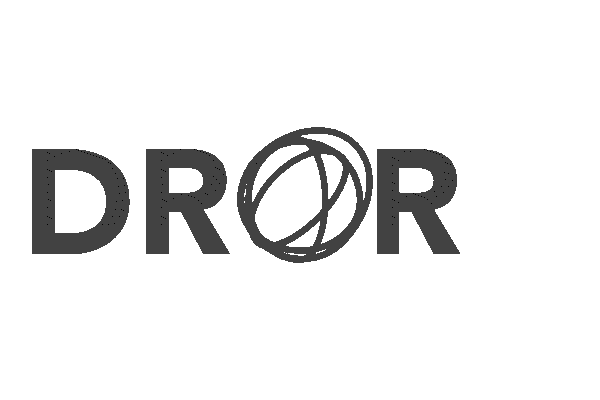Internet of Trash (IoT)
- Dror Margalit
- Jan 24, 2023
- 4 min read
By Dror Margalit
Earth is full of trash. In fact, the UN estimates that 23-37 million metric tons of waste will be added to the ocean annually by 2040. But what if we could create a reality where humans and machines collaborate to reduce waste?
Internet of Trash (IoT) is a prototype for a waste management system that uses AI to sort trash. The system is installed on top of three trash bins and uses computer vision to identify trash and dispose of it in the designated bin. This project is an experiment on how AI can bridge the gap between physical, ecological problems and their potential digital solution. By seamlessly connecting environmental issues to the digital space, I hope to inspire the kind of sustainable solution AI can provide us.
How it works
To create the Internet of Trash (IoT), I trained an AI image classifier model using Google's "Teachable Machine." First, I took samples of different items on a clear background. Next, I imported the model to P5.js and used it to indicate which type of trash was identified to the microcontroller (Arduino). Last, I programmed the Arduino to move two servo motors, dispose of the trash, and signal back to P5 that the process was over.
The main challenge in programming this system was eliminating errors and planning for unpredicted user behaviors (e.g., if a user switches the item on the tray or the P5 misidentifies an object). In an attempt to solve this, I programmed two main solutions. First, I enabled both the P5 and the Arduino to signal and respond in case something changes. For instance, P5 will only send new signals to the Arduino once the Arduino signals P5 that trash was disposed of. However, suppose P5 identifies that there was no movement for a while, and it is more than 90% certain the trey is empty. In that case, P5 can override Arudino's signals and return the tray to its original position.
Second, since AI is still prone to errors, the system is not fully automated. After the AI identifies the trash type and the tray moves, the system asks the user to confirm that it has identified it correctly. If it did, the item is thrown into the correct bin. If it did not, however, the tray moves to the next bin and asks the user whether this is the correct one. It continues to do so until the user indicates that the trash type is correct and the system throws the trash. This protocol not only ensures more accuracy but can also help train the model for more accurate decisions in the future.
The OLED screen was used for user confirmation and the camera was used to identify the objects
Limitations
As a way to experiment with the intersection of AI and the internet of things, this project served its purpose. However, as a waste management solution, it has some limitations. First, the system worked with great accuracy with a handful of objects but scaling it might be extremely challenging. To do so, we would need to build a data set of a vast amount of materials that might be wasted. Moreover, much of the waste we dispose of is not recyclable, as some contain multiple materials, have to be rinsed, etc. Second, using this technology on an individual's level might not be the most energy efficient. A lot of trash is segregated by large machinery in landfills, so using additional electrical power on an individual level might be more wasteful than beneficial.
Last, recycling is essential but does not solve the problem. To make a significant impact, we need to reduce waste rather than recycle it. When using technology to take away recycling's responsibility from people, they might avoid the more significant problem, which is wasting less. Worse, this can even promote a negative behavior in which people waste more since they think that all of it is recycled.
Future opportunities
Since the current system has some limitations, I suggest three main options to develop it further.
Make trash visible
One of the issues I encountered while working on this project is that it is easy to dispose of trash and forget about it. Therefore, if we make a system that can visualize the amount of waste in a particular bin over time, we can create an emotional connection between waste to people.
Make trash collaborative
Once there is a way to visualize the amount of waste, it might be worth considering how to make the process of reducing it more collaborative. For example, we can compare the amount of trash wasted in different households, buildings, neighborhoods, etc. If people see that their neighbors are wasting less than themselves, it might encourage them to reduce their waste.
Make trash playful
Last, there might be possible solutions to encourage people to reduce waste even further. If, for example, trash bins' "interface" is playful (with the objective of trash reduction), people will have an additional reason to reduce waste.
Overall, the Internet of Trash (IoT) is a preliminary exploration of the potential connection between waste management, computer vision, and digital interfaces. Despite its limitations, the system could be developed in multiple ways to make waste management visible, collaborative, and playful.
Special thanks to:
Anna Nikaki
Apoorva Vadhana
Danny Rozin
Ellen Nickles
Mary(ia) Markhvida








Comments